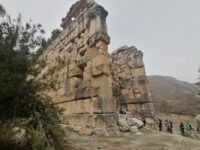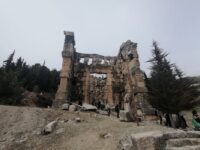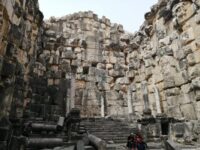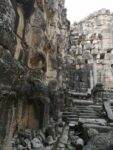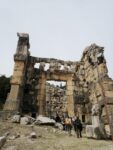While there are no records of the original date of the establishment of the village, its history largely follows the history of Lebanon marked by various invading armies over several millennia, and by the feudal system that was the norm during the Ottoman occupation.[4] The village of Niha was important during the Roman Empire, when some temples were built at Hosn Niha. Christianity substituted Paganism in the second century and since then remained present in the area until now, with the development of Maronism.
The Bekaa Valley was a Byzantine stronghold until the Islamic conquest. After the arrival of Islam, many parts of Mount Lebanon, notably the Keserwan, were inhabited by a Shiite population that enjoyed the patronage of the Fatimids. With the arrival of the Crusades and the Mamluks during the 12th and 13th centuries, the Shiites fled to the Bekaa where they remain today especially in the northern parts (notably the Baalbeck region). With the arrival of the Ottomans in the 16th century, the Bekaa region was made part of the vilayet of Damascus.
The 19th century witnessed the migration of Christian families from Mount Lebanon (notably Keserwan and Matn regions) to the Bekaa. Spotty records indicate that an agreement was forged in the 19th century between the Shiite and Christian clans to exchange territories. The Christians of Tamnine exchanged lands with the Shiite inhabitants of Niha, the result of which Tamnine became a majority Shiite village, and Niha became a majority Christian village.
Source: Wikipedia

